Amnesty International condemns US police brutality
Amnesty International has condemned the excessive use of force by US police in its recent crackdown on demonstrators protesting against racial discrimination and police brutality in the aftermath of the police killing of George Floyd.
In a report published on Tuesday, the rights group said the police in the US had committed 125 human rights violations in 40 states.
Among the human rights violations cited in the report included the use of pepper balls and smoke canisters to clear protesters from Lafayette Square in Washington, DC, and the deployment of tear gas by Philadelphia police on protesters who were trapped on Interstate 676.
“In some instances, the excessive use of force that causes severe pain or suffering may constitute torture or other ill-treatment, in violation of international law,” the human rights organization said in its report.
US police forces in different cities between May 26 and June 5 have used militarized equipment; excessive force including the use of batons, kinetic impact projectiles, and tear gas and pepper spray in the crackdown, the report noted.
It added that activists, journalists, legal observers and even medics had been targeted by police in the crackdown.
The Amnesty report concluded that the excessive use of force by US police to clamp down on the pro-justice protests was the very issue that had started the recent movement.
The crackdown of protesters is “ultimately a symptom of the very issue that started these protests: unaccountable police violence,” according to Amnesty's report as quoted by The Hill.
The human rights organization recommended to the US Justice Department to fully implement the Death in Custody Reporting Act, a law Congress passed in 2014 to require states to report deaths in police custody, but has yet to be fully implemented.
The pro-justice protests erupted across the country after video footage showing the Minneapolis police killing of Floyd went viral.
The footage shows a white police officer using his knee to put excessive force on the neck of Floyd until even after the handcuffed victim had become unresponsive.
Israeli war criminals 'not welcome', US city says after ICC ruling
US vetoing of Gaza ceasefire resolution ‘disgraceful’: Iran’s UN envoy
VIDEO | IAEA adopts anti-Iran resolution tabled by E3
VIDEO | Iran's president urges Pope to help end Israel's onslaught in Gaza
Iran's senior legal official: ICC arrest warrant for Netanyahu ‘great victory'
Nov. 21: ‘Axis of Resistance’ operations against Israeli occupation
VIDEO | Israeli forces storm West Bank’s Jenin again, target civilians
Iran activates advanced centrifuges after IAEA's 'unjust' resolution




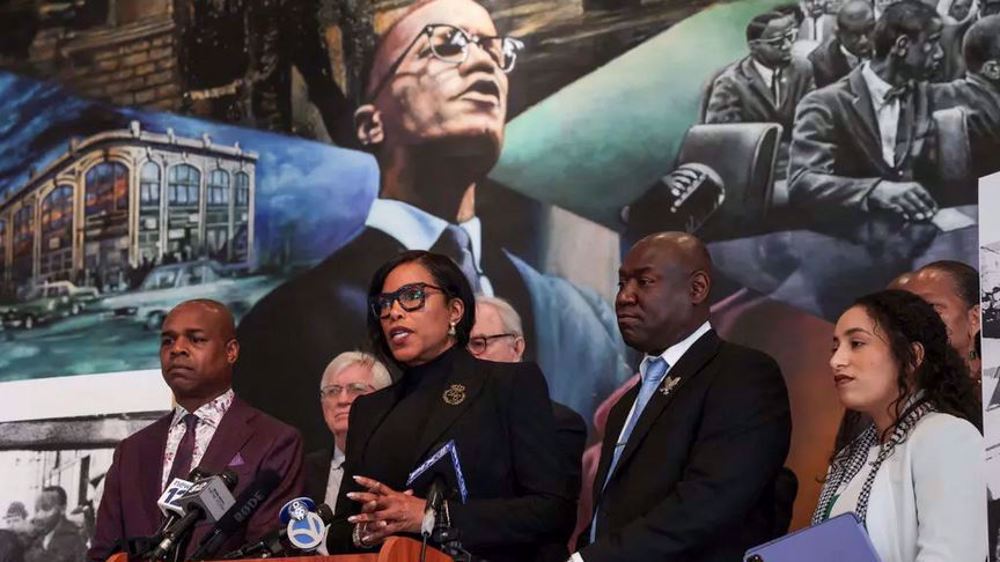

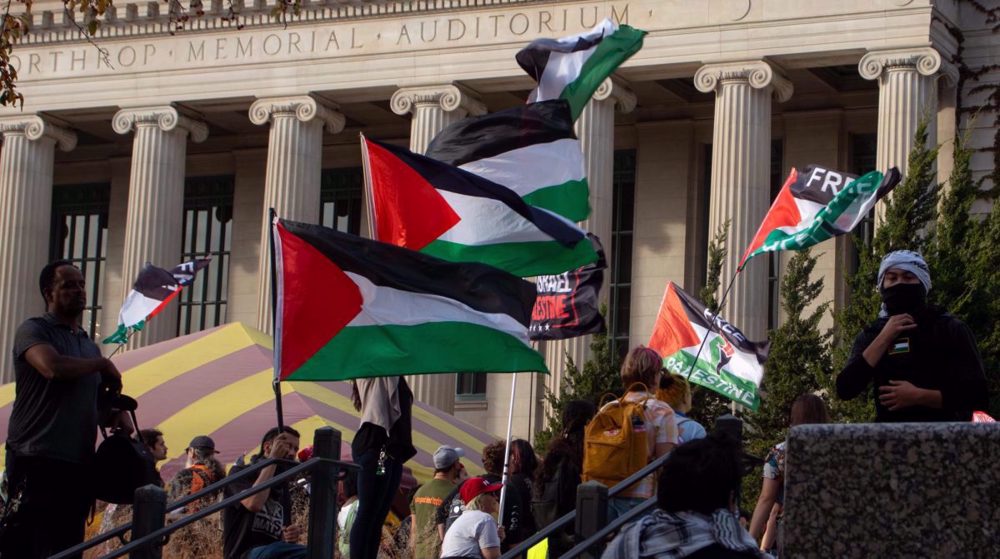



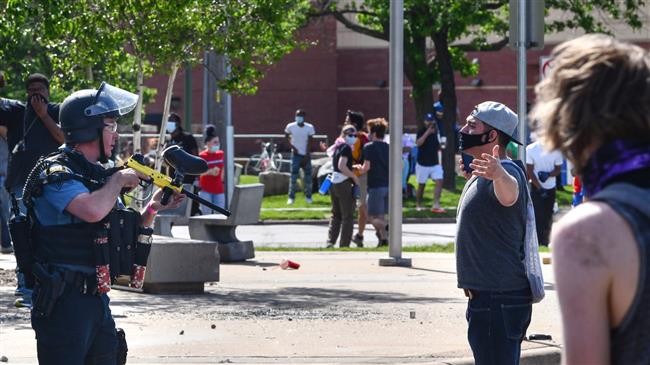
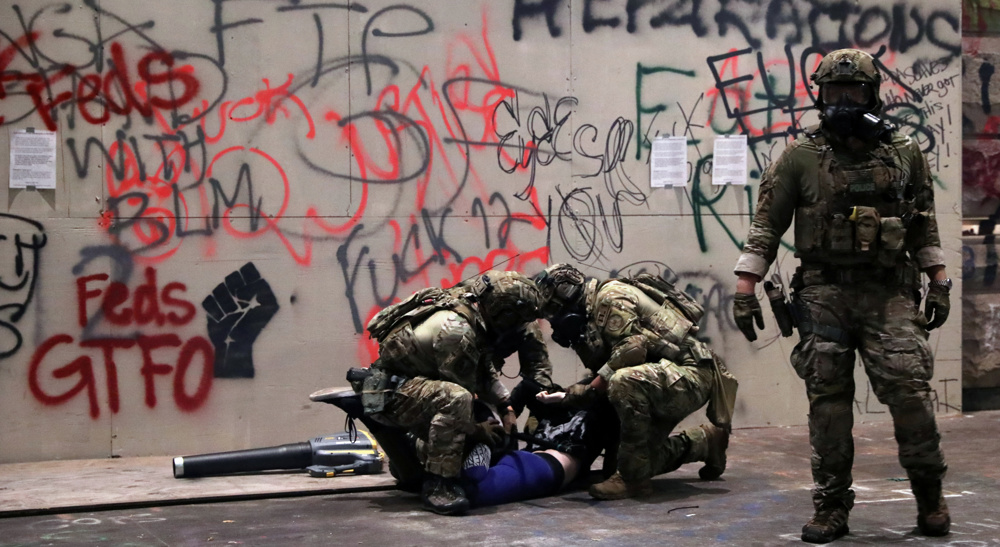
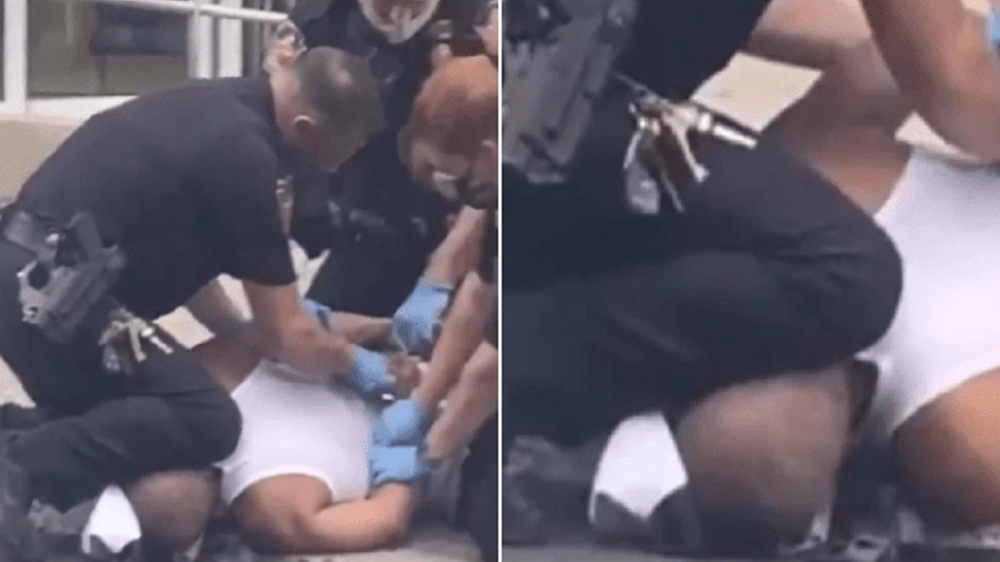

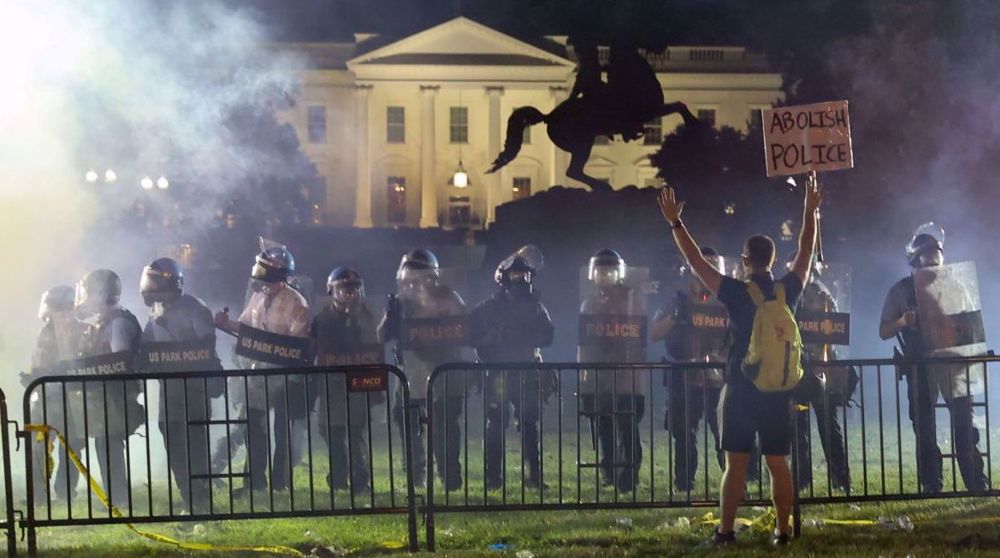
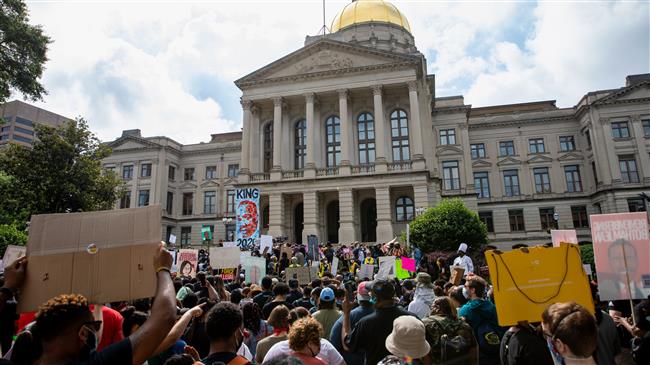

 This makes it easy to access the Press TV website
This makes it easy to access the Press TV website